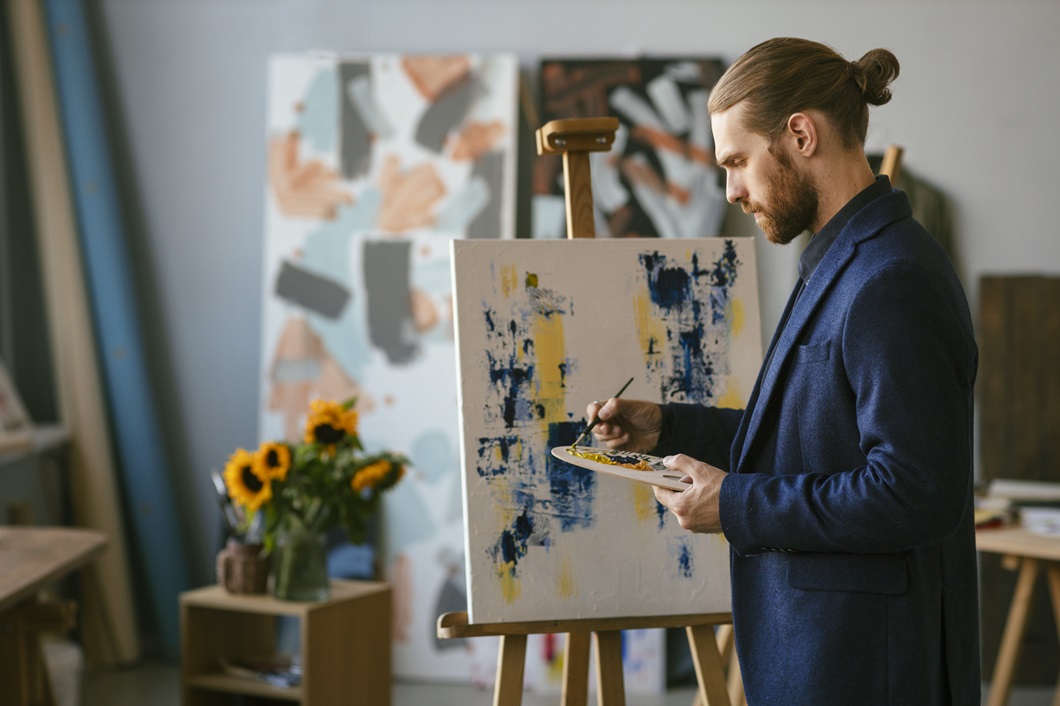Evaluating your precious assets is an important step to keep them safe and secure and use them when the time demands. Many people have different valuable assets with them ranging from land and property to jewellery, handbags, watches and artworks. Jewellery, handbags and watches are collected so that they can wear them in different events not just to look stylish, fashionable and elegant, but also to flaunt their status in the society. However, there are some other valuable assets which they collect either to decorate their home or because it is their hobby. Antique pieces and artworks are the best examples which are collected as hobbies or to decorate their space. These items, as per the other items, are valuable and expensive and sometimes we also need to evaluate them to know their exact price which keeps on fluctuating as per the market value. If you love to collect different artworks made by famous artists across the world or the vintage/antique artworks which are centuries old, then you can know the exact values of these artworks so art valuations.
In this article we shall be looking at some of the important factors which are looked after while evaluating different artworks. For evaluating your artworks, you can take the help of independent valuers who are experienced and knowledgeable in this field. Or else, you can take the help of different companies like Prestige Valuations which provide you with valuers who provide you with different services, such as jewellery valuation, handbag valuations, watch valuations, jewellery remodelling and repairing services and so on. Let us now have a look at some of the important factors which are looked after while evaluating your artworks.
Provenance
Provenance is the history of ownership of the art which you have. A well documented provenance helps you in knowing the exact value of the artwork and most importantly it enhances the value of the artwork. It provides information about the sales history, exhibitions and previous owners. If your artwork comes from a distinguished lineage or earlier was a part of a notable collection, then it will have higher value. A solid and well documented provenance authenticates the artwork, reduces forgery and provides historical context of the artwork and all these enhance its value. Provenance is not just helpful for evaluating the artworks, but is also helpful in evaluating other different assets, such as in jewellery valuations and alike.

Age and Condition
Age and condition of the artwork also plays a major role in deciding its value. If the physical condition of the artwork is good and pristine, then its value is higher than that of the market value. However, if it is damaged or has undergone utmost restoration, then its value may not be higher than the one which is in good condition. It is the work of the conservators to provide the condition report of the artwork which contains details about the current state of the artwork and whether there has been any repair, restoration or alteration done. Even if there is a minor damage which affects the structural integrity or visual appeal of the artwork, then its value gets reduced. Apart from the condition, the age of the artwork is also important in determining its value. The more the age of the artwork, the more valuable it is, especially, if it is an antique or vintage piece.
Uniqueness and Rarity
The uniqueness and rarity of the artwork also determine its value. In fact, it has a great influence on the value of the artwork. A unique and rare artwork is more valuable than that of the mass produced ones. Whether an artwork is rare or not can be determined by the number of pieces available by the particular artist. The less the number of pieces, the more valuable it is. Rarity and uniqueness of the artwork is also determined by the similar works available in the market and the uniqueness in terms of creativity and style. If the artwork is unique and is designed by a renowned artist, then its value will be higher than that of the market value.
Summing Up
These are some of the factors which are looked upon by the art valuers in determining the value of the art, just as the jewellery valuers do for the jewellery pieces. Apart from that historical significance, market trends, reputation of the artists and so on are some of the other factors which are looked upon by the valuers in determining the value of the art.


